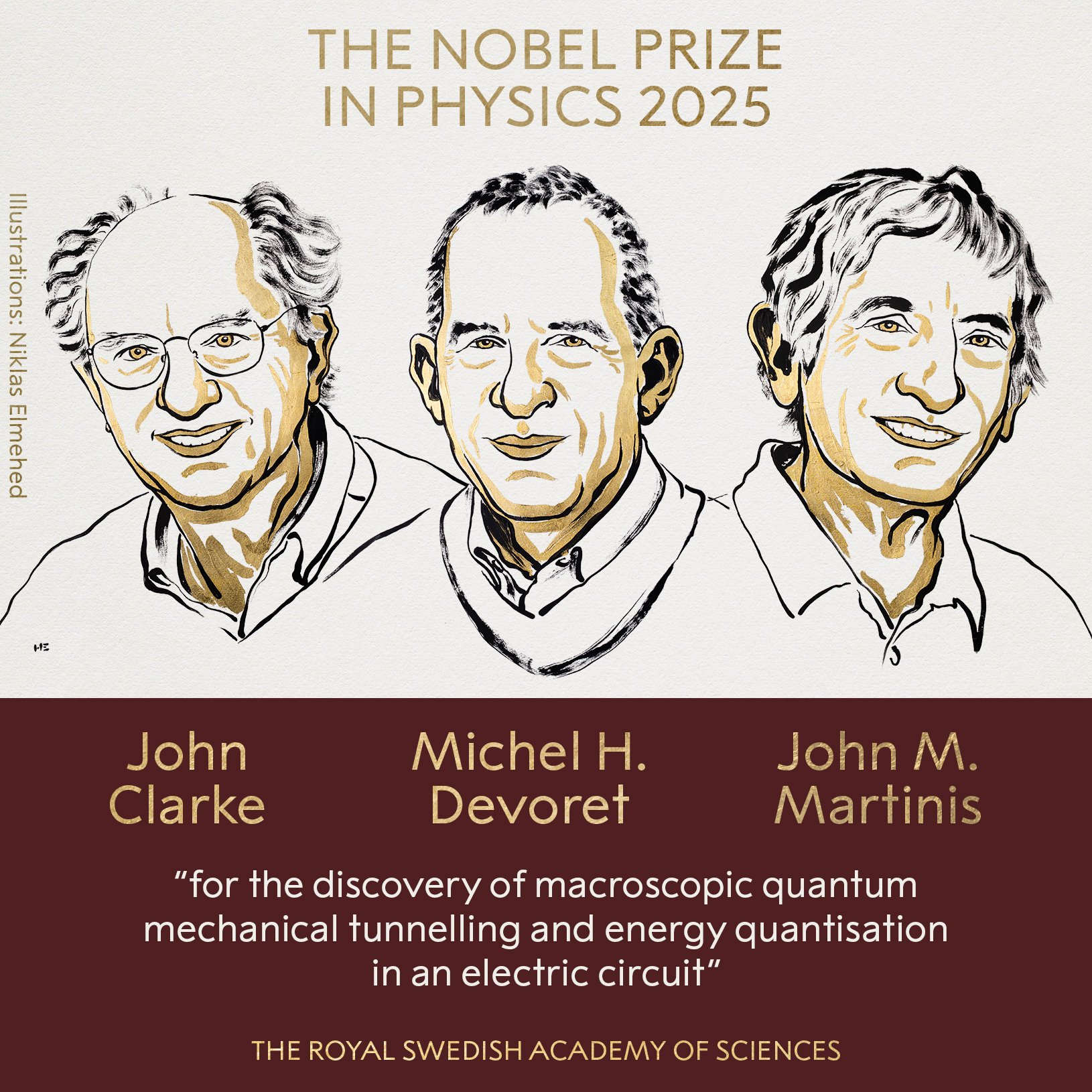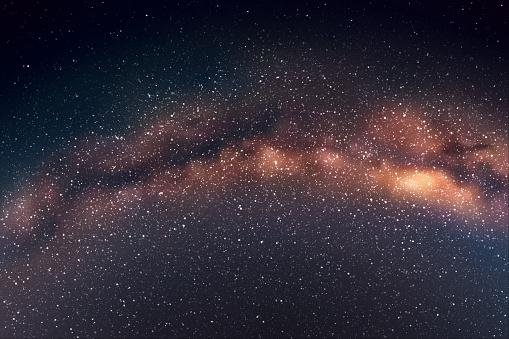In a historic milestone for astronomy, the James Webb Space Telescope has reached an incredible milestone in a remote corner of the universe, revealing the secrets of the early Universe.
Less than 1.5 billion years have passed since the strange Big Bang. Astronomers have deciphered the spectral signal of complex molecules called polycyclic aromatic hydrocarbons (PAHs) from the mysterious galaxy SPT0418-47..
These molecules revealed the composition of dust grains that swirl between celestial bodies and contribute to mysterious interstellar clouds. The discovery of these polycyclic aromatic hydrocarbons indicates the abundance of stellar births.A phenomenon that has existed since the beginning of the universe. However, the distribution of dust is not uniform and provides valuable information about the different locations in the galaxy where these celestial creations occur.
The team, which included University of Illinois Urbana-Champaign graduate student Kedar Phadke and Professor Joaquin Vieira, revealed: PAH and dust particle emissions vary considerablyrepresents complex processes in ancient galaxies.
While these polycyclic aromatic hydrocarbons may sound like esoteric terms, they are more common than you might think. They are as abundant as soot on earth, They can be found in coal, smoke, pollution and even crude oil.. In the universe, most of these molecules are of non-biological origin and are surprisingly abundant.
Previous analyzes show that about 15% of all carbon found in galaxies like ours is bound to polycyclic aromatic hydrocarbons.They float like dust in the interstellar medium and are reliable indicators of star formation.
Detecting these compounds in distant galaxies is a challenge, but the James Webb Space Telescope has an unprecedented capability. Besides, the use of gravitational lensing was fundamental to this discovery. These cosmic lenses occur when the gravity of large objects distorts space-time, magnifying light and allowing for more detailed observations.
Thanks to gravitational lensing between us and galaxy SPT0418-47, about 3 billion light-years away, Webb Captured detailed observations of polycyclic aromatic hydrocarbons at the 3.3 micrometer mid-infrared wavelength.
The achievement, published in the journal Nature, represents the most distant detection ever of these complex molecules. While the mystery still remains, the discovery has fascinating implications for the future.
Source: Tec Mundo
I’m Blaine Morgan, an experienced journalist and writer with over 8 years of experience in the tech industry. My expertise lies in writing about technology news and trends, covering everything from cutting-edge gadgets to emerging software developments. I’ve written for several leading publications including Gadget Onus where I am an author.











